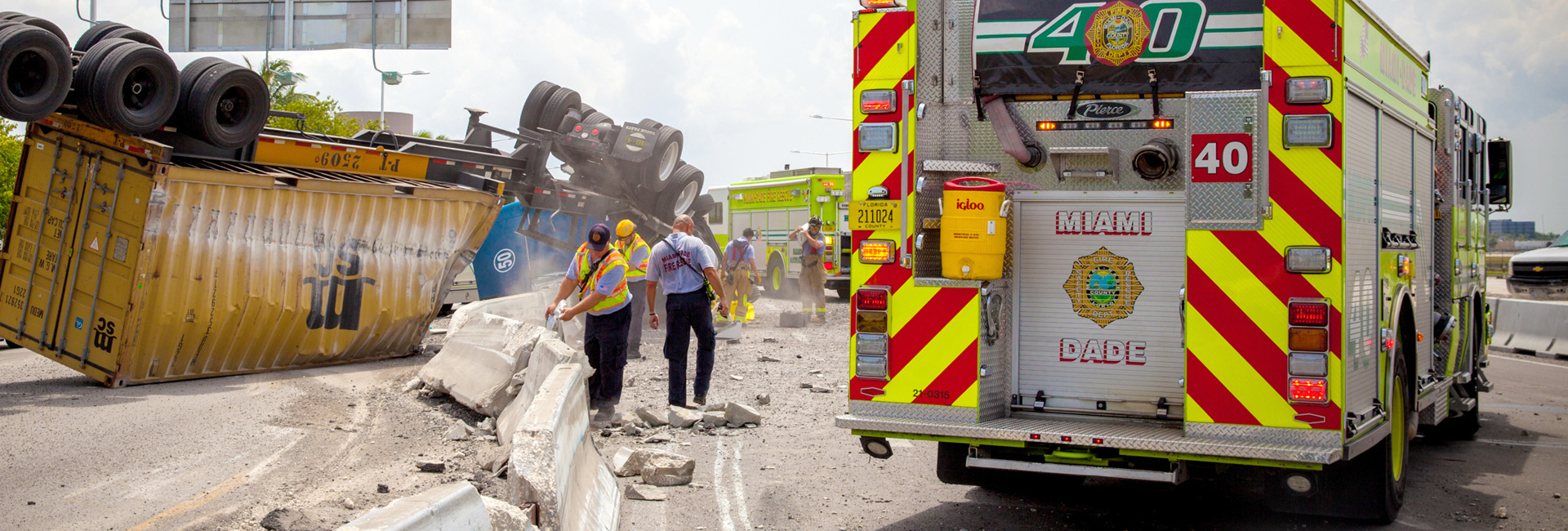Safety Tips: Lightning
Keraunomedicine is the medical study of lightning casualties, and this word is significant to Floridians because we lead the nation in lightning deaths and injuries by a landslide.
Every year in the U.S., lightning kills about 100 people and injures another 1,000. Florida has twice as many lightning casualties as any other state and this is the peak season for lighting.
If you’re not spooked yet, you should also know that each spark of lightning can reach over five miles in length, hit temperatures of about 50,000 degrees, and pack a whopping 100 million electrical volts.
The National Lightning Safety Institute says that lightning safety boils down to "anticipating a high-risk situation and moving to a low-risk location." Basically, this means that knowledge and use of proven lightning safety guidelines can greatly reduce your risk of injury or death.
No place is absolutely safe from the threat of lightning, but some places are much safer than others. The safest location during lightning activity is a building that is fully enclosed with a roof, walls, and floor. Picnic shelters, covered patios, and other partially enclosed structures are NOT safe.
Enclosed structures are safe because of wiring and plumbing. If lightning strikes these buildings, the electrical current typically travels through the wiring or plumbing and into the ground.
If you don’t have access to a safe building, your next choice should be a vehicle that is completely enclosed, such as a car, truck, van or bus. Convertibles or other soft-top vehicles are NOT safe.
Generally speaking, if you can see lightning or hear thunder, you are already at risk. Use the 30/30 rule to guide your actions: If the time delay between seeing the flash (lightning) and hearing the bang (thunder) is less than 30 seconds, you should be in a safe location or get to one immediately. Remain in your safe location until 30 minutes after you last hear thunder.
There is NO safe place to be outdoors during a thunderstorm with lightning, but if you absolutely can’t get to a safe building or vehicle, here are some last resort tips:
- Do not seek shelter under trees. They might help you stay dry but they will significantly increase your chances of being struck by lightning.
- Do not seek shelter under partially enclosed buildings.
- Stay away from metal objects such as fences and from tall, isolated objects like poles, since lightning typically strikes the tallest object.
- If you are in an open field or clearing, the tallest object might be you! In that case, do not lie down, but crouch down with knees bent and feet together.
Boaters on small boats with no cabins must be especially careful to check the weather forecast before setting out. Boats with cabins are a bit safer, but a properly installed lightning protection system should be installed for added measure.
If you are on the water and skies are threatening on the horizon, get back to shore immediately and find a safe location to weather the storm.
Remember that lightning is always generated by and connected to a thundercloud but may strike many miles from the edge of the thunderstorm cell. There is always a clear warning, but it is up to you to take action early and move those in your care to safety.

Fire Rescue
Raied "Ray" Jadallah
R. David Paulison Fire Rescue Headquarters
9300 NW 41st Street,
Miami, FL 33178-2414
786-331-5000

